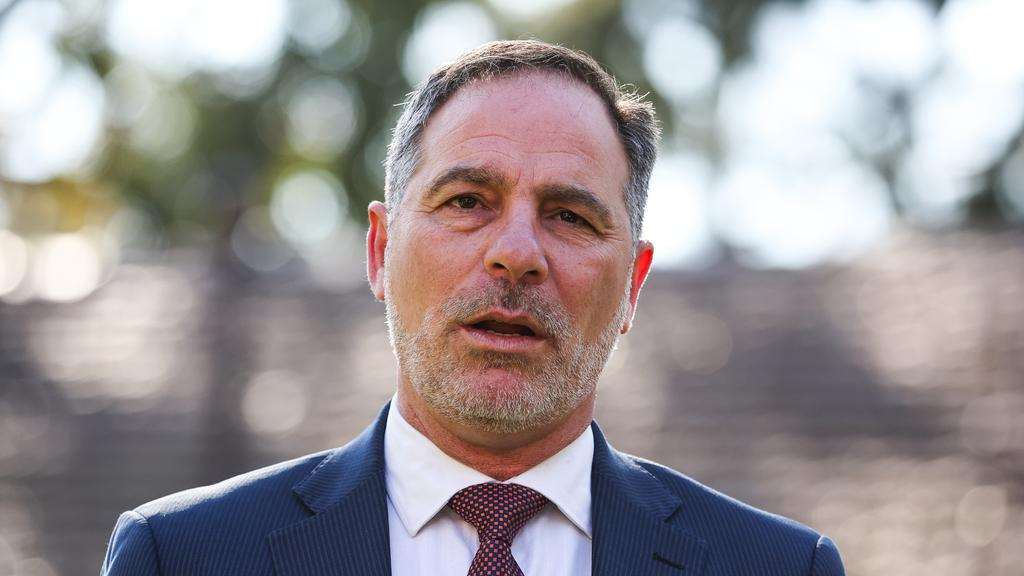NSW Commits $5 Million to Launch National Workplace Mental Health Centre Why It Matters
The NSW government’s investment in a new workplace mental health research hub signals a turning point in how psychological safety at work is understood, managed and institutionalised across Australia.
SELF-HELP


From the moment the announcement landed — NSW tipping in $5 million to help establish a national centre for workplace mental health — it signalled more than a budgetary shift. It marked a turning of the page in how governments, institutions and employers might be held accountable for what has too often been invisible: the emotional wellbeing of those who power our workplaces. With that commitment comes a promise not just to research, but to reframe standards, expectations and outcomes across thousands of Australian work settings.
The funding supports the creation of Mentally Healthy Workplaces Australia (MHWA), a new research and innovation centre hosted by Monash University in partnership with more than 40 founding organisations. NSW Government+3News.com.au+3NSW Government+3 Its focus will be on evidence-based interventions, improved return-to-work outcomes, and the design of psychological safety practices that can scale. NSW Government+3sira.nsw.gov.au+3NSW Government+3 At a time when psychological injury claims are rising faster than physical ones, the timing could not be more relevant. The Guardian+2NSW Government+2
The landscape we face
Workplaces are under strain. In New South Wales, claims for psychological harm have grown roughly 30 percent in the past few years — a rate that outpaces gains in physical injury claims by a wide margin. The Guardian+2NSW Government+2 Economists estimate that psychologically unsafe workplaces cost the state billions annually. NSW Government+1 Absenteeism, burnout, productivity loss and extended recovery periods compound the toll.
But data alone only sketches the challenge. Real stories bring it home: an employee returning after a serious mental health leave faces uncertainty, stigma, fractured relationships with supervisors and no structured reintegration. Another manager, untrained in recognizing distress, mistakes a cry for help as underperformance. Without institutional scaffolding, the burden falls on individuals to navigate what should be systems.
It is here that MHWA’s mission becomes critical. Its founding model is not top-down prescription but co-design: workplaces, academic researchers, governments and unions will shape tools together. sira.nsw.gov.au+1 That is how solutions gain legitimacy and traction. MHWA aims to reduce the number of annual lost workdays by over 5.5 million and shorten claim durations from 27 to 23 weeks on average. sira.nsw.gov.au+1 These are not abstract goals — they are quantifiable benchmarks that press the centre toward real impact.
NSW’s $5.4 million commitment (inclusive of support from agencies such as SIRA, SafeWork NSW and icare) joins a base of $58 million in in-principle commitments from partners. sira.nsw.gov.au+2NSW Government+2 Over seven years, cash and in-kind contributions are expected to exceed $180 million. sira.nsw.gov.au+1 The centre is being positioned not as a niche project but as infrastructure for national policy, practice and culture change. NSW Government+2sira.nsw.gov.au+2
Critics might question whether $5 million is enough. It is not a magic wand. But it is a statement of priority. It says that psychological harm at work must transition from the margins to the core of workplace health, safety and performance agendas.
What this can catalyse — and what to watch
First, the discourse changes. When government invests, it signals importance. The existence of MHWA primes every employer, regulator and insurer to pay attention. It changes what is socially acceptable: that mental health is central, not optional.
Second, it enables capacity building. Smaller organizations that lack internal capability may benefit from shared frameworks, training, benchmarking tools and validated interventions. MHWA can lower entry barriers.
Third, it demands accountability. Research centres are not just idea labs; they are pressure points. Data, independent evaluation, published findings and comparative metrics will expose gaps, highlight failures and escalate successes. That transparency changes incentives.
Fourth, the ripple effect: as evidence accrues and best practices emerge, policy levers may follow — regulation, incentives, procurement standards, accreditation. This is how research becomes architecture.
Still, pitfalls loom. Implementation is always the hardest stage. The gap between promising idea and workplace adoption is wide. Funding must be sustained. Institutional inertia must be challenged. Research must be translated, not stranded. Voices of lived experience and union perspectives must stay integral, not advisory afterthoughts.
A final word — opportunity, not charity
The NSW government’s investment in MHWA is more than a line in a budget. It is the sparking of an infrastructure for psychological safety that could reshape thousands of workplaces across Australia. It is the acknowledgement that mental health at work is systemic, not individual. It is permission — to researchers, to leaders, to advocates — to expect more, measure more, demand more.
For organizations ready to lead, this is a moment to engage: to offer partnership, to pilot, to listen, to change. For policymakers, it is a moment to watch results and consider scaling levers. For individuals who carry the weight of silent suffering, it is a promise that they may increasingly be seen, studied and supported.
At TMFS, we view steps like these as essential infrastructure for healthier systems, not acts of benevolence. Real transformation lies not in isolated programs but in shifting norms, raising expectations and embedding evidence into everyday reality. We stand ready to analyse, amplify and engage — to ensure that MHWA and its insights do not stay behind institutional walls but reach the workplaces, leaders and teams who need them most.
Let this investment be an opening. Let curiosity drive inquiry, accountability guide change, and collective will shape safer, more humane work environments for all.
